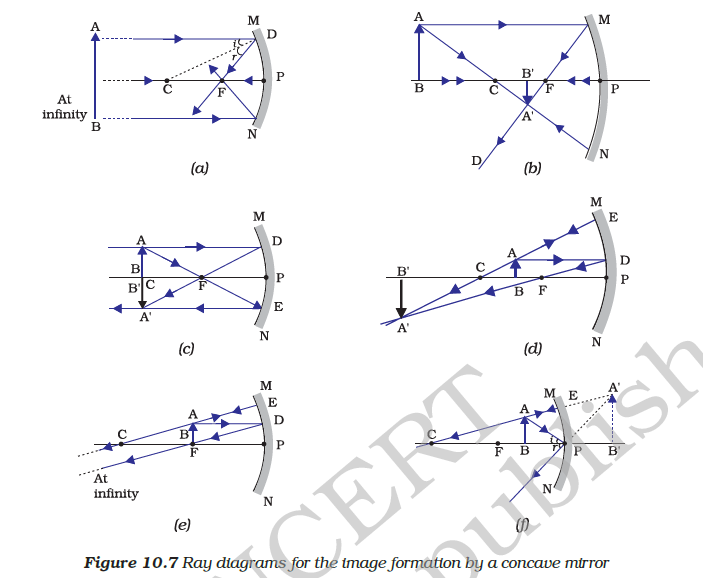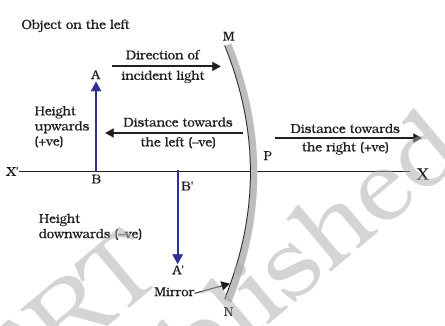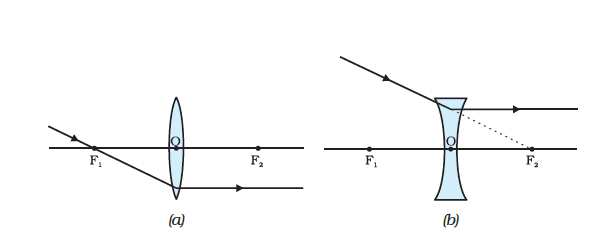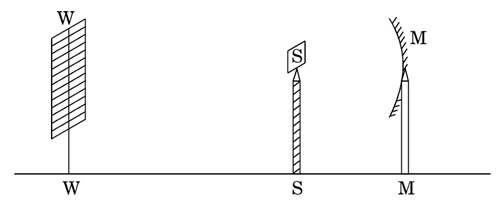Hello friends,
In this video, we will revise tenth chapter of Science – Light – Reflection and Refraction.
You can now see on your screen the concepts that we will discuss in this video.
- Laws of Reflection
- Spherical mirrors
- Image formed by concave and convex mirrors and their ray diagrams
- Applications of concave and convex mirrors
- Mirror formula
- Refraction of light
- Image formed by concave and convex lens and their ray diagrams
- Lens formula
- Power of a lens





















